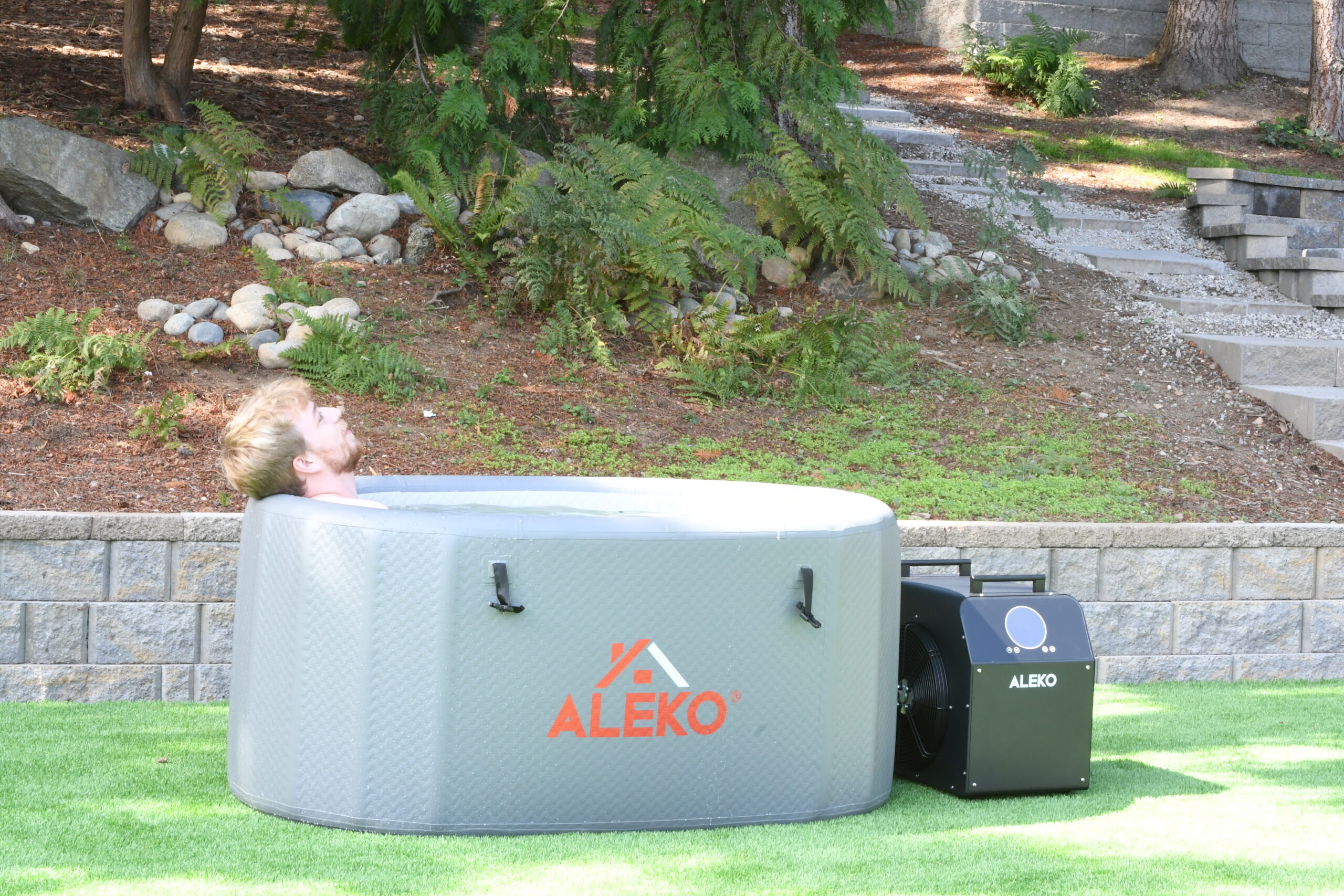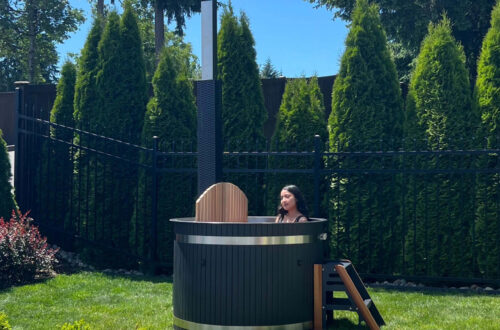Cold water therapy, or more commonly known as an ice bath, has become a popular recovery tool for athletes, fitness enthusiasts, and wellness seekers alike. If you’ve ever taken the plunge into an ice-cold bath after a tough workout, you already know the sensation—sharp, invigorating, and oddly refreshing. But how many times a week should you cold plunge? That’s the million-dollar question. Too few, and you might not reap the full benefits; too many, and you risk overexposure to cold temperatures. So, let’s dive into the icy waters and explore the sweet spot for creating a cold plunge routine.
Understanding Cold Water Immersion
Before we get into the specifics of how often you should cold plunge, let’s briefly touch on why you might want to take the plunge in the first place. Cold water immersion is the practice of submerging your body in cold water—whether it’s an ice bath, cold shower, or even a dip in nature’s ice-cold rivers. This deliberate cold exposure has been linked to several benefits, such as improved blood flow, reduced muscle soreness, and enhanced recovery after intense exercise. It’s also a favorite technique in the Wim Hof Method, which combines cold exposure with breathing exercises to boost physical and mental resilience. Cold plunging before and after a workout also helps with muscle recovery.
So, How Many Ice Baths a Week?
Alright, now that we’ve covered the basics, let’s tackle the main question. How many ice baths a week is ideal? Well, like most things in life, it depends. But here’s a general guideline based on research and expert recommendations.
1-2 Times Per Week
For cold plunge beginners, starting with 1-2 ice baths per week is a good rule of thumb. This allows your body to gradually adjust to the shock of cold water exposure, without overwhelming your system. Cold therapy at this frequency can still offer benefits like improved blood pressure regulation, better circulation, and enhanced muscle recovery, especially after intense exercise. If you’re new to cold plunging, focus on consistency and start with shorter durations—think 5 minutes or less per session.
3-7 Times Per Week
For the more seasoned cold exposure enthusiast, taking the plunge 3-7 times a week is often seen as the sweet spot. Some athletes and fitness buffs swear by daily cold water immersion, claiming that it improves their cold tolerance and speeds up recovery after tough workouts. By immersing yourself in cold water more frequently, you’ll likely notice improved muscle recovery, faster reductions in core body temperature post-exercise, and even an uptick in mental clarity. However, be mindful of the water temperature and how your body responds. Even seasoned plungers need to monitor their overall recovery and avoid pushing their cold exposure to unhealthy extremes.
7+ Times Per Week?
Yes, some extreme enthusiasts—especially those practicing the Wim Hof Method—might swear by cold plunging more than 7 times per week. However, it’s worth mentioning that this level of cold exposure isn’t necessary for most people, and you may risk overdoing it. While cold water immersion therapy can be powerful, moderation is key, and more doesn’t always mean better. Always listen to your body, and if you start feeling fatigued or notice a drop in your performance, it might be time to scale back. Women who want to cold plunge while pregnant should talk to their doctor about recommended frequency and best practices.
Factors That Influence Cold Plunge Frequency
Now that we’ve established some general guidelines, keep in mind that several factors can influence how many ice baths you should do in a week. It’s not a one-size-fits-all approach, so let’s take a look at some things to consider:
- Your Fitness Level: Athletes or individuals engaging in intense exercise regularly may benefit from more frequent cold exposure to aid in muscle recovery.
- Body Temperature: People with naturally lower body temperatures or reduced cold tolerance might need fewer ice baths than those with higher tolerance.
- Goals: Are you aiming for muscle recovery, mental resilience, or simply exploring cold exposure as a wellness practice? Your goals will shape your cold plunge routine.
- Health Conditions: Certain conditions like heart disease or issues with blood flow may require you to limit cold exposure, so always consult with a healthcare professional before diving in.
Benefits of Ice Baths
If you’re still wondering whether cold plunging is worth it, here’s a quick look at some of the well-documented ice bath benefits:
- Muscle Recovery: Cold water helps to reduce inflammation and promote faster recovery after exercise.
- Enhanced Circulation: The cold water causes blood vessels to constrict and then expand, improving overall blood flow.
- Boosted Mood and Mental Clarity: Cold exposure is linked to the release of endorphins, which can improve mood and mental sharpness.
Tips for Cold Water Immersion
Ready to take the plunge? Here are a few quick ice bath tips to make your experience more comfortable (and maybe even enjoyable):
- Start Slowly: If you’re new to cold exposure, ease in by starting with cold showers before moving to full-body immersion.
- Mind Your Time: Aim for short bursts of 5 minutes or less initially, and gradually increase as your cold tolerance improves.
- Breathing Matters: Deep, controlled breaths help you stay calm and relaxed in the cold, especially when practicing methods like the Wim Hof Method.
- Monitor Your Body: Pay attention to how your body reacts to cold water immersion, and don’t push through discomfort if something feels off.
Conclusion: How Many Ice Baths a Week is Best?
So, how many ice baths should you do a week? Ultimately, it depends on your goals, fitness level, and cold tolerance. For most people, 1-2 times a week is sufficient to see benefits, while more seasoned plungers may aim for 3-7 times a week. The key is to find a routine that feels right for your body and lifestyle.
If you’re ready to explore cold water therapy further, check out ALEKO’s selection of cold plunges to elevate your cold immersion practice.
References
1Bleakley, C. M., McDonough, S. M., MacAuley, D. C., & Baxter, G. D. (2004). The use of ice in the treatment of acute soft-tissue injury: A systematic review of randomized controlled trials. The American Journal of Sports Medicine, 32(1), 251-261. https://pubmed.ncbi.nlm.nih.gov/14754753
2Kox, M., van Eijk, L. T., Zwaag, J., van den Wildenberg, J., Sweep, F. C., van der Hoeven, J. G., & Pickkers, P. (2014). Voluntary activation of the sympathetic nervous system and attenuation of the innate immune response in humans. Proceedings of the National Academy of Sciences, 111(20), 7379-7384. https://doi.org/10.1073/pnas.1322174111
3Hohenauer, E., Taeymans, J., Baeyens, J. P., Clarys, P., & Clijsen, R. (2015). Cold-water immersion and recovery from strenuous exercise: A meta-analysis. British Journal of Sports Medicine, 49(13), 822-829. https://pubmed.ncbi.nlm.nih.gov/21947816/
4Versey, N. G., Halson, S. L., & Dawson, B. T. (2013). Water immersion recovery for athletes: Effect on exercise performance and practical recommendations. Sports Medicine, 43(11), 1101-1130. https://doi.org/10.1007/s40279-013-0063-8
5Sramek, P., Simeckova, M., Jansky, L., Savlikova, J., & Vybiral, S. (2000). Human physiological responses to immersion into water of different temperatures. European Journal of Applied Physiology, 81(5), 436-442. https://doi.org/10.1007/s004210050070
6Shevchuk, N. A. (2008). Adapted cold shower as a potential treatment for depression. Medical Hypotheses, 70(5), 995-1001. https://doi.org/10.1016/j.mehy.2007.04.052






